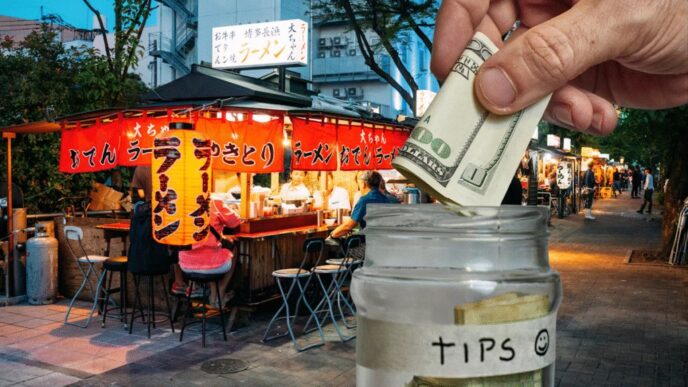Can Japan’s Forgotten Homes Be Saved? One Man Thinks So
In Japan’s countryside, centuries-old houses stand empty, left behind by aging communities. Many are at risk of being demolished, their history lost forever. But Brian Heywood, an American businessman and passionate admirer of Japanese architecture, is stepping in to rescue these forgotten treasures.
His solution? Moving them—piece by piece—across the country and giving them new life with modern touches.
A Home with History: The Story of Shozan
In Kamakura, Kanagawa Prefecture, a grand traditional home now sits atop a hillside. But this house hasn’t always been there. Named “Shozan”, it is a collection of historic buildings that Heywood has carefully relocated and restored.
The three houses and a temple, some dating back over 400 years, were originally scattered across Japan. Now, they have been painstakingly reconstructed to create a one-of-a-kind living space that blends tradition with modern convenience.
Preserving Japan’s Architectural Beauty
Heywood’s love for Japanese wooden homes began decades ago when he first arrived in Japan as a missionary. He admired the unique craftsmanship, particularly the kigumi technique—a nail-free wood joinery method used for centuries.
But he also saw a problem: many of these beautiful homes were being abandoned. Instead of letting them fall apart, he wanted to revive them for future generations.
Modern Upgrades with Traditional Charm
To bring these historic homes into the present, Heywood introduced:
- Heated wooden floors for comfort in winter
- Raised ceilings and doorways to accommodate modern living
- Tatami mat rooms combined with hardwood flooring for a unique blend of old and new.
The Massive Effort to Relocate a 400-Year-Old Home
Relocating these homes wasn’t easy. Working with architect Sakano Masataka, Heywood spent nearly two years searching for homes to restore.
Each structure was carefully dismantled, with every beam, wall, and floorboard marked and transported to Kamakura. Skilled miyadaiku carpenters, experts in traditional Japanese woodwork, then rebuilt the homes exactly as they had stood before—but with modern reinforcements.
- Over 200 craftsmen worked on the project, ensuring each building retained its original character.
A Win-Win for Former Homeowners
For some, selling an old family home can be emotionally and financially challenging. Shimizu Tatsuo, the former owner of one of the homes, was relieved when he learned his 200-year-old house wouldn’t be demolished, but restored.
“I never thought it could be saved like this,” he said during a visit to Shozan. Seeing his home reborn in a new location was a powerful moment, and he expressed his gratitude for the project.
What’s Next? A Blueprint for the Future
Heywood’s success with Shozan has inspired him to think bigger. He hopes to:
- Open a guest house where visitors can experience traditional Japanese living
- Use the property as a cultural and diplomatic space for international gatherings
- Expand the project to save even more historic homes across Japan
With thousands of empty homes across Japan, could Heywood’s approach become a model for preservation and sustainability?
What do you think? Would you stay in a historic home like Shozan? Share your thoughts!
Source: https://www3.nhk.or.jp/nhkworld/en/news/backstories/3870/
















